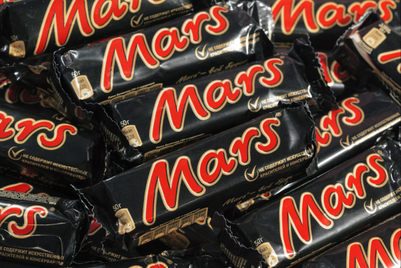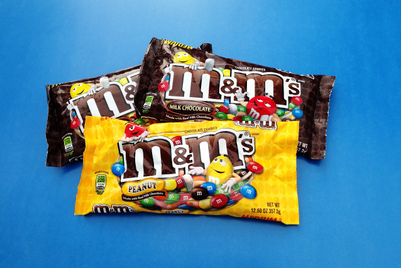
“We are investing heavily in the region as the middle class continues to grow and consumers increasingly want chocolate and new confectionery products,” said Peter Smit, senior vice president, Asia, Europe, Middle East and Africa. “Our ability to produce high-quality products tailored to local taste preferences and to meet rapidly growing demand will be key to our success, and we continue to build our iconic brands in the region as China becomes the second-largest market for Hershey.”
Smit’s statement was made at the announcement of the company’s new plant in Johor, Malaysia, a $250 million investment that represents the single-largest expenditure in Asia in the company’s 18-year history in the region.
To be sure, Hershey already has a limited presence in the region. In 2009, it acquired the exclusive licence of Van Houten from Barry Callebaut to produce and sell the brand in Asia-Pacific, Middle East, Australia and New Zealand. In addition, Hershey acquired the outstanding shares in its joint venture with Indian FMCG company Godrej in 2012. Its products, found in Malaysia, Philippines and Singapore, are primarily supplied from the company’s plant in China and through joint ventures and leveraging its partners’ established production and distribution networks.
Still, Hershey accounts for just 1.9 per cent of market share in Asia, according to data compiled by Euromonitor. Rivals Mars and Mondelez are the top two chocolate companies in Asia having captured 12.5 per cent and 10.3 per cent of the market, respectively. The candy maker also lags behind companies such as Nestle, Ferrero, Meiji, Lotte, Petra Foods and Morinaga.
The Asian push is also part of the company’s plans to expand outside the US, its largest market, where it also trails behind Mars. At present, international sales make up only 16.1 per cent of the candy maker’s $6.6 billion in annual sales.
The new manufacturing facility, expected to be functional in 2015, is part of the company’s ambitious goal to expand its global distribution of its brands to achieve $10 billion in annual revenue by 2017. The chocolate maker has also gone on record to say that it aims for a quarter of its sales to come from business outside the US and Canada.
The new plant is an important distribution centre for the chocolate company and will serve markets such as Thailand, Malaysia, Singapore and the Philippines. Eventually, the company hopes its central location and easy access to shipping ports will enable it to distribute easily to more than 25 countries from the facility, including China, Korea and Japan. Terence O’Day, Hershey’s senior vice-president and chief supply chain officer told Campaign Asia-Pacific. He stressed that expansion efforts will have no impact on marketing relationships in the region.
“While China is a large piece of this growth, we see opportunities throughout the region as the middle class continues to expand and consumers increasingly want chocolate and new confectionery products.” O'Day said.
Indeed, chocolate consumption has been growing in Asia-Pacific. According to Euromonitor, chocolate sales in Asia grew 6 per cent in 2012 over the previous year with combined sales of $12.8 billion. The combined sales of chocolate confectionery and mints in the top six Southeast Asian countries are US$1.8 billion and US$700 million, respectively, in 2013, and these are projected to continue to grow over the next five years. What’s more, the combined population of these six countries stood at over half a billion in 2013.
There is room for more growth. The per capita consumption of chocolate in Asia is well below levels in Europe and the United States. Where Asians consume just about 0.2 kgs of chocolate, their European and American counterparts have as much as 4.7 kgs and 4.6 kgs, respectively.
“The economies of Asian markets are projected to be on a positive growth trajectory over the next five years,” said Adhitya Nugroho, team leader, Euromonitor. “This will lead to the expansion of the middle-income population, which form the bulk of Hershey’s target consumers.”


.jpg&h=334&w=500&q=100&v=20250320&c=1)



.png&h=334&w=500&q=100&v=20250320&c=1)

.png&h=334&w=500&q=100&v=20250320&c=1)

.png&h=334&w=500&q=100&v=20250320&c=1)





.jpg&h=268&w=401&q=100&v=20250320&c=1)
.png&h=268&w=401&q=100&v=20250320&c=1)

